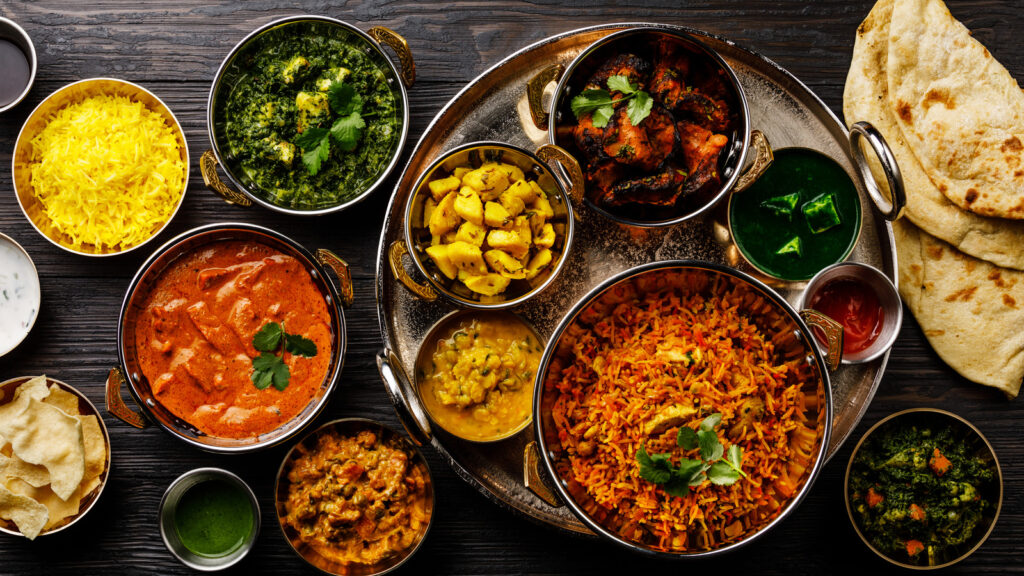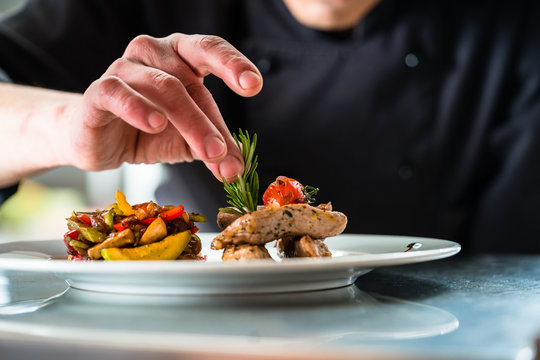
Indian cuisine is one of the world’s most diverse and vibrant culinary traditions, shaped over thousands of years by regional diversity, cultural influences, and the rich availability of spices. With roots tracing back over 5,000 years, Indian food has evolved from ancient rituals and Ayurvedic practices to an intricate blend of flavors, techniques, and ingredients that reflect the country’s vast cultural heritage.
India’s culinary history began with the Indus Valley Civilization, where evidence suggests early knowledge of agriculture, dairy, and the use of herbs. As time progressed, invasions and trade brought new ingredients and methods. The Aryans contributed to the early concept of Ayurveda, which greatly influenced how food was categorized and consumed for health and balance. Later, the Mughals introduced Persian-style dishes, rich gravies, kebabs, dried fruits, and nuts—hallmarks of North Indian cuisine today.
The British colonial era added further layers to Indian food, including the widespread use of tea and the introduction of bakery items. Coastal regions were shaped by European, Arab, and Southeast Asian maritime traders, especially the Portuguese, who introduced ingredients such as tomatoes, potatoes, and chilies—now staples in many Indian dishes.
One of the most distinctive aspects of Indian cuisine is its use of spices. India is often referred to as the “Land of Spices” and has been a global hub for spice production and trade for centuries. The origins of many spices can be traced to India itself. Black pepper, known as “black gold,” was one of the most sought-after spices in ancient Rome and medieval Europe. Cardamom, turmeric, cinnamon, and cloves also have deep roots in Indian soil and tradition.
Spices in Indian cuisine are not merely for heat or flavor—they carry medicinal value and symbolic significance. Turmeric, for example, is known for its anti-inflammatory properties and is used in both cooking and rituals. Cumin aids digestion, while fennel and coriander are cooling agents. Each region in India has its unique blend of spices, known as “masalas,” tailored to the local climate, crops, and culinary culture.
Regional cuisines vary greatly across India. In the north, wheat-based breads like roti and paratha are common, and dishes are often rich with ghee, dairy, and dried fruits. South Indian cuisine features rice, lentils, coconut, and tangy tamarind-based flavors. The west, including Gujarat and Rajasthan, showcases sweet-sour combinations and a focus on vegetarian cooking due to religious influences. Eastern India, especially Bengal, is known for its love of fish, mustard, and sweets like rasgulla and sandesh.
Today, Indian cuisine continues to evolve, blending tradition with innovation. It is enjoyed globally for its depth of flavor, variety, and balance of nutrition and taste. The enduring legacy of Indian food is its celebration of spices—not just as ingredients, but as a cultural and historical symbol of India’s rich culinary identity.

